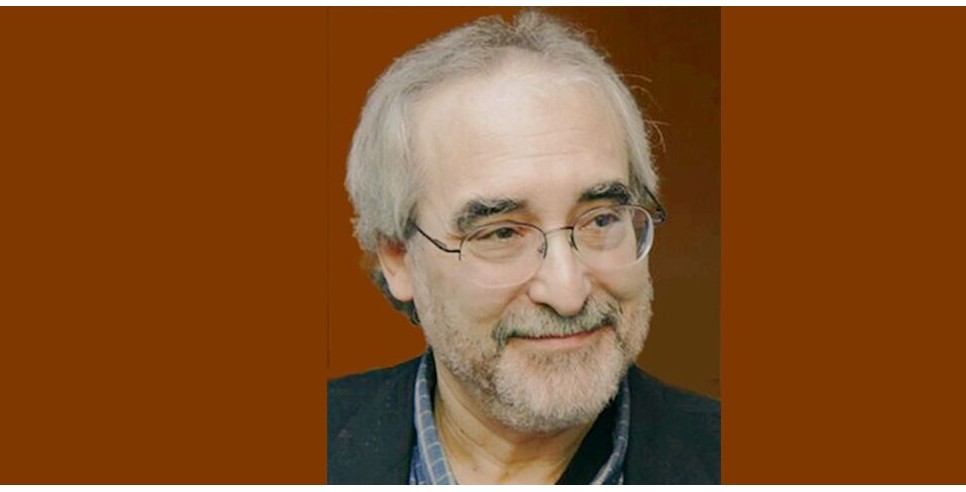
Digital strategy enables those who do good to do well. By maintaining and nurturing a digital presence, one can increase awareness, image and urgency. Whether an organization is large or small, fully budgeted or on a shoestring, the basic tools are available with equal access. Charities can take advantage of online tools to serve their goals.
Messaging is critical. Be it a tag sale or a global effort, online immediacy and enduring web messages are important. Immediacy is achieved via timely website updates or blog posts and use of social media. Twitter, as an immediate notification tool, catalyzes action and awareness. Facebook allows for longer messages with lasting power. Instagram and Pinterest add visual punch to messages. In various ways they all contribute to “findability” (a.k.a. search results), as messages on the web have lasting power.
Former Huffington Post Director of Community Tim McDonald chose to become the “Purveyor of Purpose” at Be The Change Revolutions, where he concentrates on No Kid Hungry and other causes. Using digital strategy, McDonald said, “We put ourselves out there to let the world hear our heartbeat. The hashtag #NoKidHungry on tweets is useful for anyone to spread the message.” No Kid Hungry employs a proactive digital initiative. “Awareness campaigns using digital tools are a critical component. We don’t just advertise and ask for donations. We let people tell their stories, be engaging.” The response to the online initiatives, including blogging and email, make up a large percentage of its grassroots interaction.
Digital strategy in the social sector is taught at Columbia University. The Wired Nonprofit: Social Media Strategy and Practice is taught by Howard Greenstein, Marcia Stepanek and Tom Watson. Greenstein, who worked at the Twin Towers Fund, managing the distribution of $168 million in funds to families who lost a parent on 9/11, stressed that students in the course must work with a nonprofit for a semester. ”They organize its mission and goals, so the overall strategy will integrate with the social and visual effort.” He added that they must show, rather than just tell, their stories. With video, Instagram, and Pinterest, plus an understanding of how to tie back the metrics from those sites to the goal of fundraising, students are taught how to attribute digital marketing efforts into action. Howard added, “Analytics are a strong tool.”
The commercial world finds ways to deploy digital strategy to good use. Ty Sullivan, director of marketing and social media at New York restaurateur Café Metro/S.T. Management Group described reaching out to groups, charities, organizations to do social good. “They saw our impressions on Twitter and social media and said, ‘we need you.’” Sullivan works with numerous charitable organizations: MDA, Autism Speaks, NoKidHungry,Equal Rights/EqualLove, LGBT News, Friends of Karen and many anti-bullying initiatives.
“Hashtags on Twitter prompt donations. Facebook also does this. Direct links and pages are like any form of marketing,” Sullivan noted. “People gravitate toward Twitter – it generates a young audience. The #NoKidHungry and #GenerationNKH became a young person’s platform for social good.”
Sullivan added that many celebrities with a social presence and a sense of social improvement tend to embrace charity projects. He’s worked with actor Kevin Bacon and his SixDegrees.Org, with musician Pink, and with actresses Amanda Seyfried and Jennifer Aniston, among others. “We did a Thunderclap for #NoKidHungry and the Twitter boards exploded. It expanded the reach, more money came in.”
Sullivan explained that social media works for grassroots fundraising. “Anyone can build a fundraiser page. Money filters in, but it’s your page so you own the campaign. People want to develop their own fundraising sources; that plus social technology builds grassroots. There’s a bake sale, garage sale, a lemonade stand – they tweet, make a Facebook page. A hashtag gets pushed by a larger organization – it keeps people engaged. People are heard, rewarded, a public benefit is shown. Little Johnny’s lemonade stand raises money for a major charity – that gets tweeted, posted on Facebook. Johnny is proud, his friends and family see it, the charity gains and everybody wins.”
Sullivan summed it up: “Find the outlet, know what groups are out there, hashtag it, whatever the issue or passion. [It’s] the perfect combination of grassroots and technology.”
The bottom line in digital strategy for social good is simple: Use Twitter, Facebook, Instagram, Pinterest, websites and blogs. Be certain the message is consistent with the group or organization. Post with frequency, connect with others, and allow viral forces to broaden your reach, increase awareness and encourage responses to campaigns for social good.
Dean Landsman is principal of Landsman Communications Group, based in New York City.










